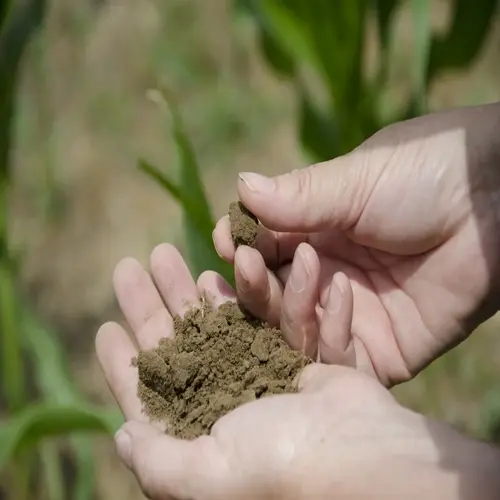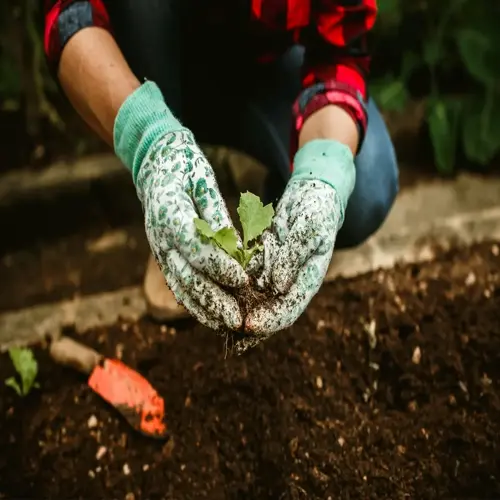Why might heirloom tomatoes produce smaller yields?

Written by
Nguyen Minh
Reviewed by
Prof. Samuel Fitzgerald, Ph.D.Heirloom tomato varieties tend to produce lower yields than hybrids, primarily due to intrinsic growth preferences rather than limitations. These plants allocate energy to developing rich flavor complexities and genetic continuity, as opposed to maximizing fruit counts. Cherokee Purple pours resources into tall smoky sweetness, whereas Brandywine focuses on floral depth. The plants are foregoing producing amounts to generate terrific flavor.
Genetic Prioritization
- Flavor compounds require significant plant energy
- Thicker skins reduce cracking but limit size
- Natural growth habits favor quality over quantity
- Examples: Cherokee Purple Brandywine
Environmental Optimization
- Consistent watering prevents blossom drop
- Full sun exposure increases fruit set
- Soil calcium prevents blossom end rot
- Night temperatures above 55°F (13°C) critical
Support Systems
- Heavy-duty stakes prevent branch breakage
- Florida weave supports indeterminate varieties
- Pruning increases airflow and light penetration
- Mulch maintains consistent moisture levels
Longer harvest times allow for lower yields per plant. Standard agricultural indeterminate varieties, such as Cherokee Purple, will produce fruit as they flower for 4-6 months out of the year. If you continue to pick regularly, more flowers will grow. This prolonged period will surpass hybrid total production by providing a sustainable rate of growth rather than a single burst of growth.
Soil nutrition is a critical consideration for yield potential, while not sacrificing flavor. Before transplanting, amend your planting holes with compost and bone meal. When your plant is flowering, you can apply a balanced fertilizer, then switch to phosphorus-rich formulas during fruiting. Practices like these enable the development of fruit while maintaining its complexity of flavor.
Harvesting techniques affect overall yield. Harvesting fruit at the breaker stage will encourage new blooms to set fruit, promoting a continuous fruiting cycle. You can also remove undersized tomatoes to redirect the plant's energy. Mulches can be used with heavy tomato clusters to support them, using soft ties to prevent branch damage by pulling the side branches away from the cluster. These techniques will help the plant utilize its natural ability to produce.
Read the full article: Top 10 Heirloom Tomato Varieties for Your Garden

